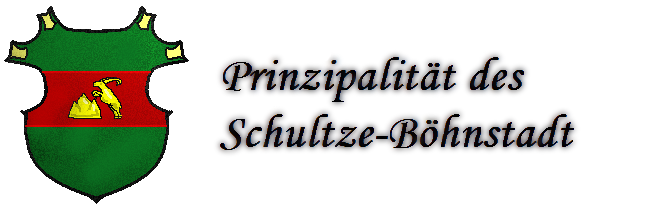As the campaign season ended, old General von Hohenspitz went home to see his family. After he'd told everything about the current campaign, he had sat down with his grandchildren to tell the story of a battle during the War of Störkburg Valley.
'I had been but eighteen years old, a Fahnlein in the Prinzess Angela Cuirassiers, very close to promotion. It was a clean, cold December morning when we approached this small village on the western border, lying in a small plain between two hills. We had seen General Kraufer's troops in the distance and they looked they'd be giving battle. The village at that time had been very silent - not a soul to be seen on the main square. '
'The two forces were of roughly equal size. Our troops consisted of two infantry regiments of three battalions, one being the 1st Guards; three field cannon; two volunteer Jäger battalions, two squadrons each of cuirassiers, dragoons and Glambrian mercenary hussars. The Flossians had one cavalry squadron less.
Our cavalry was led by Generalleutnant Ritter Roschfeldt, a famed master of maneuvers, while the main body was commanded by the able great-uncle of our current Princeps, Horatius von Jazygia. The Flossian General Kraufer was aided by a Leuwenthal colonel of artillery whose name I cannot remember.
Right before the battle, a Böhnstadter compatriot, Reverend Pölck arrived from the village and told us that the Flossians had hidden the army's treasury inside the church. All staff officers agreed that it would be a great loss to Flossian morale if our men could capture it.'
'Following Roschfeldt's advice, General Horatius placed the regular cavalry massed on his left. The lay of the land was unsupportive of any cavalry action on both flanks, so the general idea was to secure the infantry's advance towards the village. The two regiments formed line with the cannon, supported by the Jäger, on their right and the Glambrians (the General had little trust in them) acting as reserve.
Right at the start of the battle, the right flank encountered difficulties as they had discovered a swamp in their way, at the foot of the eastern hill, that had not been frozen because of hot waters rising out of it. It required some tact to avoid the guns being bogged down, but in the end they were securely placed, in a good position, on top of the hill.'
'The infantry advance in the centre had been sluggish and the Flossians did not wish to engage, so our troops had a long way to go. However, on our left, two squadrons of cuirassiers advanced past the hill, probably to scout our lines or exploit a weak flank.
Our cavalry force was in part covered by the woods right next to the hill, and in a cruical moment, one Flossian squadron got caught up in their advance and came charging against two of our squadrons - unfortunately for the attackers, these were the veteran cuirassier units and they had been pushed back promptly. A counter-charge followed, the Flossian first squadron could not rally and they were swept aside, the second squadron unable to help them. General Roschfeldt then ordered the riders to dress the ranks and a second charge came against the remaining Flossian cavalry, which, badly outnumbered, was routed at once.
The Flossians then brough up their Jäger at the hillfoot and their artillery was dragged up the top; Roschfeldt quickly evaluated the situation and, despite the enemy cannon pouring lead at us, had the cuirassiers retreat in good order.'
'The two infantry lines began tearing each other apart with great fervour, but our men got the upper hand as the battalion commanders were more eager to rally instead of pressing forward aimlessly; two Flossian dragoon squadrons were caught up in a narrow space and were destroyed by volley fire; when the enemy's lines became ragged, our troops finally charged home and broke their last fragments of will to fight.'
'The Glambrian hussars, in the meantime, dashed forward on the right and were threatening to capture the church - something that took enough troops to avert, troops that would have been used during the fight in the centre of the field. After receiving a hasty volley, the hussars fell back and addressed their lines - their mad charge, without any apparent resistance through a large distance, confused them a little and the Flossian battalions were still well formed and ready to fight.'
'The remanining Flossian foot's morale had fallen quickly and drums sounded the retreat - in just a few hours' time, the action was over.'
'One great merit of cavalry commanders is to hold back their troops and recognize the right moment for an attack - such moment did not present itself on the left. After some cannonade, battle was not given for the massed regular cavalry - the cuirassiers trotted back to the safety of the woods and then watched as the main battle unfolded on the fields to their right.
It was a minor victory of the campaign, but one of the first great battles I took my part in, and I was proud to be amongst those who refused the hasty Flossian charge.
What did the enemy do wrong? They did not concentrate their forces the way our commanders did. Dividing their dragoons resulted in neither flank having enough to score a decisive move. The Flossian infantry, at that time, was trained to fight in multiple ranks of massed formations, something that could have benefited them in the narrow space between the hill and the village. They could also have garrisoned the village, which would have protected the church as much as the two battalions ordered to counter the hussars' advance. The rest was down to musketry and bravery in melee - something our lads did not lack then and do not lack nowadays either.'









No comments:
Post a Comment